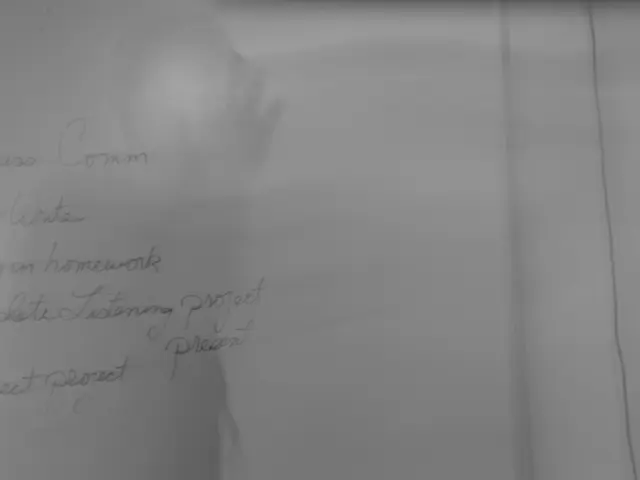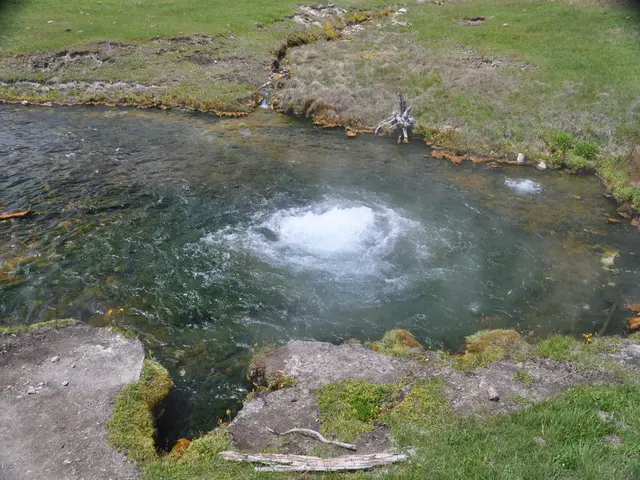Underground Threat: The Unspoken Peril of Climate Change Beneath Structures
In a groundbreaking study published in the online Nature Portfolio journal, Communications Engineering, a team of researchers led by Alessandro Rotta Loria from the University of Illinois at Chicago, in collaboration with Northwestern University, have linked underground climate change to the shifting ground beneath urban areas, particularly in Chicago.
The study reveals that temperature variations are causing the ground to deform, a phenomenon that no existing civil structure or infrastructure is designed to withstand. Although this phenomenon is not necessarily dangerous for people's safety, it will affect the normal day-to-day operations of foundation systems and civil infrastructure at large.
Rotta Loria, the study's leader, stated that ground deformations can be severe enough to cause problems for the performance of civil infrastructure. Past building damage could have been caused by rising temperatures, and researchers expect these issues to continue for years to come.
To gather data for the study, Rotta Loria and his team set up a wireless network of over 150 temperature sensors across the Chicago Loop. Sensors were installed in the basements of buildings, underground parking garages, subway tunnels, and subsurface streets.
The study found that underground temperatures below the Loop are usually 10 degrees Celsius warmer than beneath Grant Park. As the ground heats up, it causes building foundations and nearby structures to move due to expansion and contraction. This movement can form cracks, causing long-term damage to their durability.
Some materials such as soft clay contract when they experience heat, while others such as hard clay and limestone expand. The movement of building foundations and nearby structures can form cracks, causing long-term damage to their durability.
Rotta Loria built a 3D computer model to simulate how ground temperatures have changed since 1951. The simulation was used to model how ground changes in response to higher temperatures. Experts discovered values in line with those measured in the field and used the simulation to predict how temperatures will change until 2051.
The consequences for the serviceability of structures and infrastructure can be very bad due to slow sinking of buildings. Although this phenomenon is not immediately dangerous, it will lead to increased maintenance costs and potential structural failures over time.
Rotta Loria describes underground climate change as a silent hazard, as it does not present an immediate threat but can have long-term effects on the stability of urban areas. As cities continue to grow and infrastructure ages, understanding and addressing this issue will become increasingly important.
The average mean temperature of 15.8 degrees that hit England last month is the highest on record since 1884, according to the Met Office. As global temperatures continue to rise, the impact on urban infrastructure will become a critical issue for cities around the world.
Read also:
- Peptide YY (PYY): Exploring its Role in Appetite Suppression, Intestinal Health, and Cognitive Links
- Toddler Health: Rotavirus Signs, Origins, and Potential Complications
- Digestive issues and heart discomfort: Root causes and associated health conditions
- House Infernos: Deadly Hazards Surpassing the Flames








